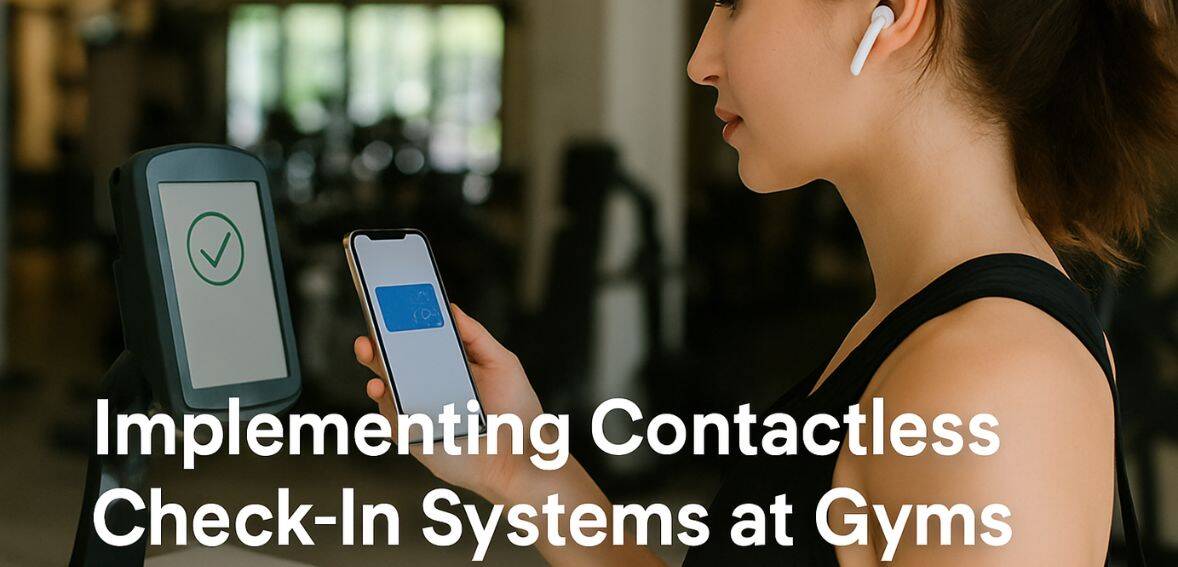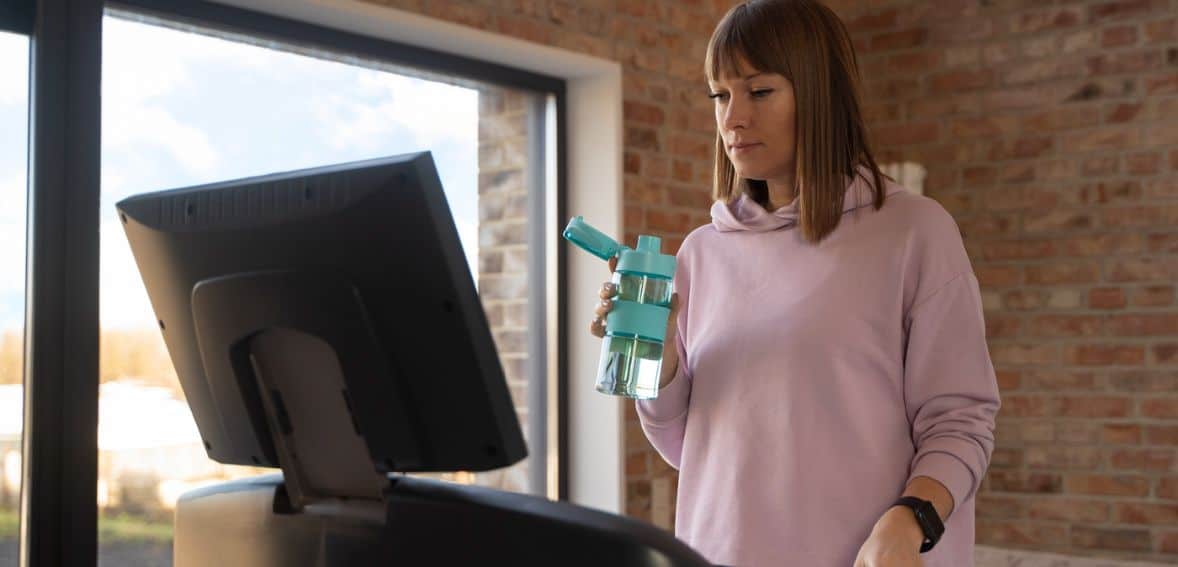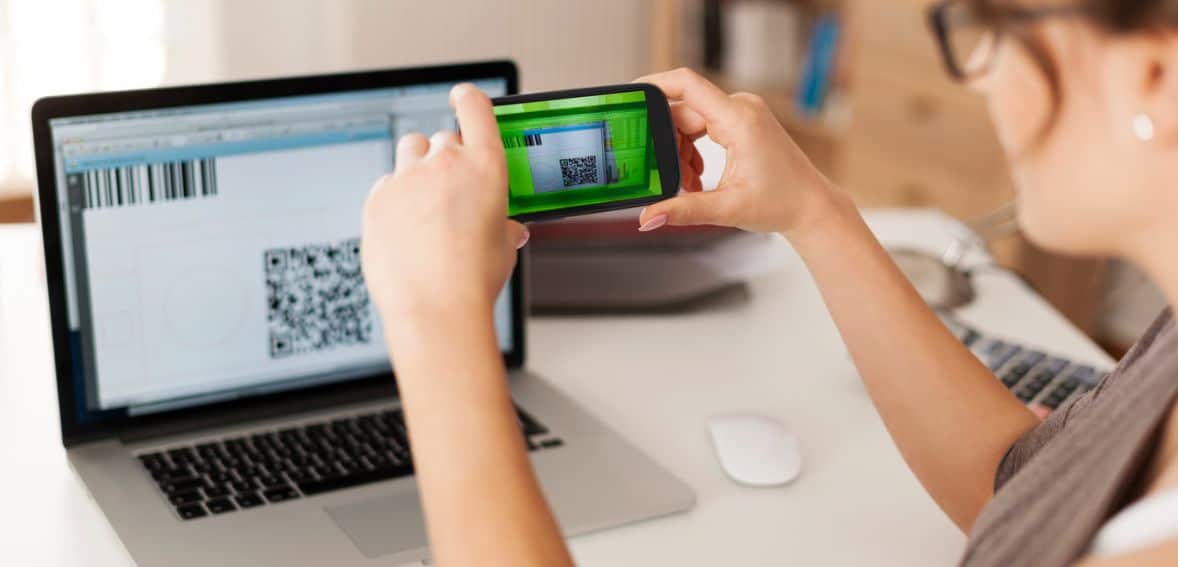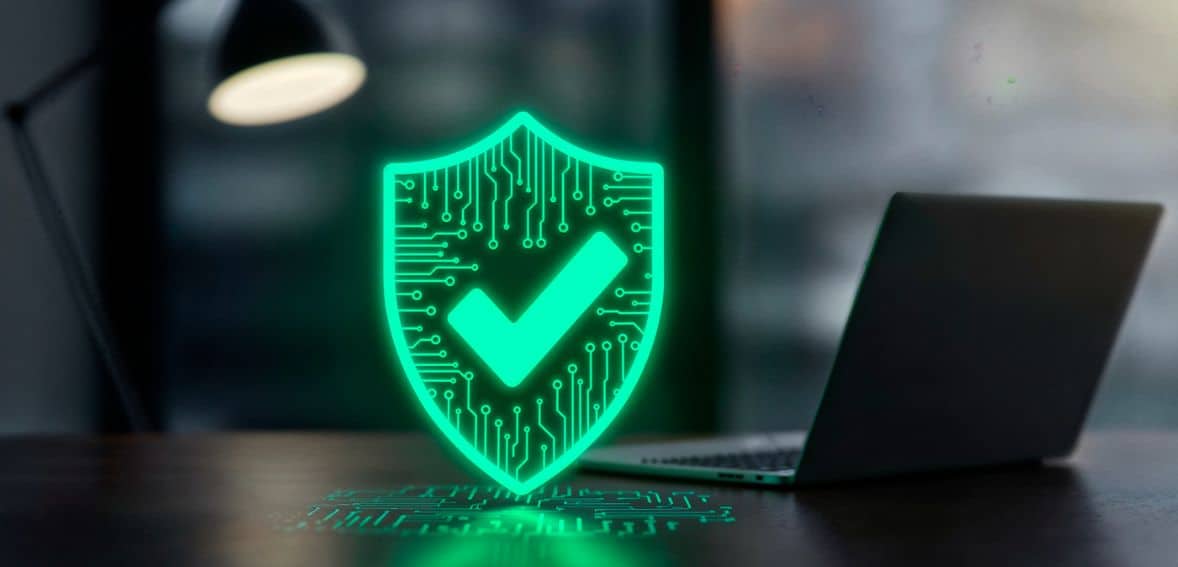
By Ellie Marsden August 7, 2025
Entering a gym should be as easy as beginning an exercise session. However, many members still have to deal with outdated check-in processes or stand in line. This is rapidly evolving. These minor but enduring obstacles are being removed by contactless check-in systems, providing a more seamless, hygienic, and contemporary experience from the moment you walk through the door.
However, this change is about improving the member experience, not just technology. Gyms are improving the way they greet patrons in a world where convenience influences choices. The idea is to allow members to enter and begin training right away, without any delays.
This article explores the ways in which gyms can improve member satisfaction, increase operational efficiency, and establish a more efficient and member-focused environment by implementing contactless check-in systems.
Why Gyms Are Embracing Contactless Check-In

Gyms have always sought to make fitness as simple and accessible as possible. That objective is supported by the growth of contactless entry. Although the concept was not created by the pandemic, it did speed up the need for touch-free solutions. Members no longer need to scan barcodes or tap communal surfaces to check in; they can now do so with a simple app tap or even automatically through proximity detection.
Consider Equinox. Not even a scan is required by their check-in system. Members only need to approach; the rest is handled by their app or smartwatch. Staff members can now greet members by name, wish them a happy birthday, or provide assistance that genuinely feels personal, instead of just swiping people in.
And getting people in more quickly isn’t the only goal. These systems keep things more hygienic, cut down on pointless contact, and stop membership fraud. Additionally, they discreetly gather helpful data—such as the frequency and times of people’s appearances—without requiring manual tracking. Without slowing anyone down at the door, all of that.
Exploring the Technology: From QR Codes to Biometrics
A variety of contactless check-in technologies are available to gyms today. The most accessible and popular choice is still QR codes. Members only need to use the gym’s app to scan a code, which is a quick and affordable solution perfect for tech-savvy patrons or facilities on a tight budget.
Biometric solutions like fingerprint recognition, facial scanning, or RFID-enabled systems are growing in popularity for people looking for more security and a more seamless experience. These systems often tie into broader software platforms—meaning your check-in tech might need to sync with billing or retail tools. That’s why choosing the right POS system becomes equally important when planning for contactless infrastructure.
Still, each option has trade-offs. Biometrics feel futuristic, but they can be pricey and raise privacy questions. QR codes, on the other hand, are cost-effective and easy to roll out. The best fit often comes down to your members’ comfort and your gym’s priorities.
Real-World Success: What Worked at Gym B
Gym B’s implementation of touchless fingerprint recognition is one interesting example. The rollout wasn’t perfect; early hiccups were caused by hardware issues, and some members voiced concerns about data privacy. However, Gym B addressed it through proactive education and communication, reassuring users of data security and promptly resolving technical issues.
Over time, the benefits started to show. Members were happier, those pesky front desk queues got shorter, and reviews even started mentioning how smooth check-in felt. Through incentives linked to attendance trends, the technology also allowed for richer member engagement and produced insights into peak attendance. Technology implementation is one thing, but how Gym B included members in the process was even more important.
The Long-Term ROI of Touch-Free Entry
Contactless check-ins are more advantageous in the long run than they are at first glance. They lower the need for front desk employees, save money on badge and scanner wear and tear, and lessen contention from shared cards or membership fraud.
Additionally, by integrating access control with Gym Payment Processing systems, fitness centers can further reduce administrative overhead and ensure seamless revenue collection.
Even saving 20 seconds per member adds up—especially during the post-work rush when every minute counts.
Privacy, Accessibility, and Member Trust
Let’s face it—fingerprints and facial data aren’t just another password. They’re personal, and not everyone’s ready to hand them over. Because of real privacy concerns, gyms should present these systems as enhancing rather than undermining trust. Members who prefer traditional routes are reassured by clear policies, on-demand opt-outs, and alternative check-in methods (card or QR code).
Accessibility is also important because some members might find it difficult to physically use cameras or fingerprints, or they might not be familiar with scans. Opt-in flexibility and inclusive design foster loyalty rather than resistance.
Securing System Reliability and Backup Paths
Even the most well-designed tech can go awry—network outages, device glitches, expired credentials. A strategic downtime fallback system is essential. Design backup check-ins via touchscreen or manual entry, or a “guest mode” override. Regular drills and testing ensure your team knows how to switch without missing a beat. The goal isn’t tech perfection—it’s tech resilience that preserves flow, even when things break.
Listening to Member Feedback After Launch
Even the best systems will require improvement, and users are frequently the ones who can provide the most insightful information. Continuous feedback loops can be extremely beneficial once a contactless check-in system is operational. Some members may experience inconsistencies or have trouble adjusting to new workflows. Others might have creative, surprising suggestions for enhancing accessibility or flow.
By gathering this feedback through brief in-app surveys, chats at the front desk, or post-workout prompts, your gym is demonstrating that it is not merely installing technology but also advancing it. Additionally, it fosters a culture of co-creation in which your members are treated as collaborators rather than test subjects.
Creating Emotional Impressions at Entry
Efficiency shouldn’t take away from warmth in contactless systems. In actuality, there is more room for connection when there is less friction. It is possible to rechannel that moment if a member stops to explain their name or scan a card. A front desk employee can greet you personally, smile, or even recognize your fitness accomplishments.
The edges of automation are softened by this human layer. Giving your employees more opportunities to connect and develop loyalty is more important than replacing them with screens. Gyms can benefit from this by improving the experience of entry as well as speeding it up.
Preparing for What’s Next in Gym Access
Contactless check-ins are only the first step. Entry systems may soon serve as real-time wellness checkpoints as wearables and health data become more integrated, and as fitness journeys driven by AI gain popularity. Your watch may indicate that you’re ready to train. Upon arrival, your heart rate may unlock customized routines.
In the future, syncing spaces to people in ways that respect time, privacy, and individuality is more important than simply opening doors. Starting with member-focused, well-thought-out systems now will help your gym not only stay up to date with future developments but also help shape them.
Staff Retraining Is Just as Vital as Tech Installation
Preparing your frontline staff to advocate for and support the change is one of the most often neglected phases in putting a contactless check-in system into place. Treating the system as a “set-it-and-forget-it” tool is alluring, but for members to genuinely embrace it, staff members need to be involved in the onboarding process rather than being marginalized by it.
They frequently act as a link between a skeptic and a positive first impression. Employees should be aware of the significance of the system in addition to its operation. The transition goes much more smoothly when they are able to confidently explain the advantages, address minor issues immediately, and promote regular use.
Crucially, technology empowers your team rather than displacing them. Retraining, in this case, isn’t just about teaching mechanics. It’s about reaffirming the human role in a tech-enhanced environment. When your people lead with purpose, adoption happens naturally, and members respond with loyalty rather than resistance.
The Quiet Role of Check-In Data in Member Retention
In addition to speeding up entry, contactless systems covertly provide behavioral data, one of the most important resources a gym can use. Every scan or tap reveals a different story, such as how frequently a person works out, what time they prefer, whether they are suddenly getting back into it after a break, or whether they are dropping off in frequency.
When paired with more comprehensive engagement analytics, this check-in data becomes a subtle yet effective retention tool. A longtime member may have been absent for two weeks, as you may have noticed. A timely reminder—by email, SMS, or even a personal trainer outreach—can renew their commitment before it wanes, as opposed to waiting for cancellation.
Patterns may emerge, such as members checking in regularly in the winter but not in the spring. Seasonal habits could help you design more strategic programs or targeted offers. It’s not about surveillance. It’s about listening quietly through the numbers. When used ethically and with care, this kind of data elevates your ability to meet members where they are, not just physically, but emotionally and habitually too.
Conclusion: Culture Beyond Technology
It takes more than simply installing new hardware to implement contactless check-ins; it also requires creating experiences that meet member expectations for respect, safety, and speed. When done correctly, it allows employees to embrace engagement and drop administrative duties.
It conveys a strong message: everything works here, so you can concentrate on what brought you here, whether it be your community, your workout, or your well-being. Systems that check in with empathy—no scan needed—create kinetic bonds that keep members longer and reinforce that the gym is more than just a location; it’s a seamless part of life as fitness routines change.



